The IC (descriptor U5) with its peripheral resistors (R55, R84, R59) is right next to the battery connector, on the path prior to connecting to the battery charger IC (which is the ISL9230). The IC is marked "CI" and it is a SOT563-6 package (1.6mm x 1.6mm x 0.6mm). The schematic of the circuitry around the IC, as well as an educated guess about the internals of the IC are drawn below.
The circuit is from a wireless mouse that charges with a USB connector. I've seen designs that use one or two PMOS's and a zener diode for reverse polarity protection and I've also used dual channel mosfets in the past that come into a SOT-563 package. So my current guess is that the "CI" marked IC is a P-channel, N-channel MOSFET that is connectd like in the drawn schematic. By probing the body diode of the NMOS at the bottom I read 0.7V forward bias from S2 to D2. Also, when the USB cable is connected, G2 is pulled high and VD2 (pin 3) is equal to VS2, which is ground. So I'm convinced that this is the NMOS. As for the PMOS above, I also measure around 0.8V forward voltage across VD1 (pin 6) and VS1 (pin 1), so I assume this is the PMOS.
I am pretty sure the function of this IC is to isolate the battery from the rest of the system when the SW is off and the USB is disconnected.
The problem is:
I've searched all of the P&N channel MOSFETS in this packeage from the digikey abd mouser library and none of them are market "CI". SI1024x-T1 from Vishay has a "C" marking but it's a dual N-channel MOSFET.
All, literally all the N &P channel MOSFETS I've searched have the NMOS at the top (pins 1,2,6) and the PMOS at the bottom (pins 3,4,5), which is complementary to the internal circuitry I've drawn for the IC.
So my question is if the internal circuitry I've drawn is correct or is this a different type of IC than I initially thought.
Ideally, I am looking for the part number of this specific IC marked with "CI". But I will also accept any answer that explains what type of IC that would be (dual NMOS/dual PMOS/NMOS&PMOS etc) and what its purpose is.

